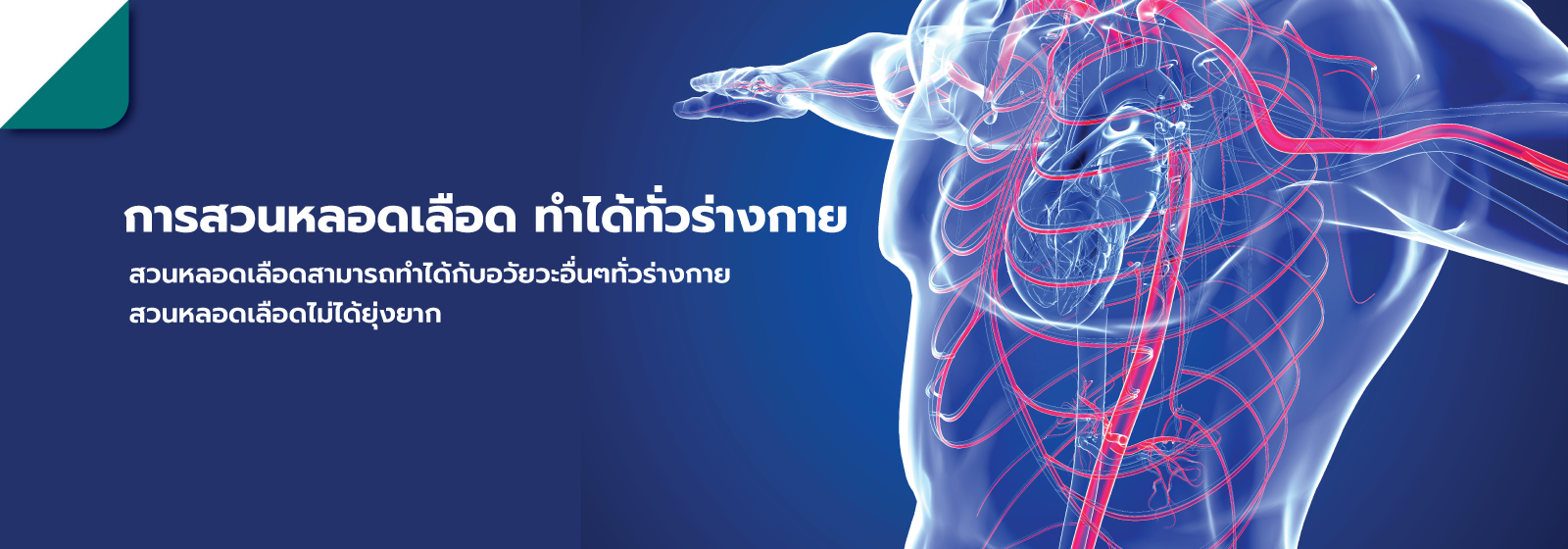
Coronary angioplasty, can be performed on arteries throughout the body.
In addition to the coronary arteries, other blood vessels in the body can also become narrowed or blocked. Peripheral arterial disease (PAD) is a condition where the arteries in the legs, for example, become narrowed or blocked due to the buildup of fatty deposits or plaque on the artery walls, a process known as atherosclerosis. This narrowing reduces blood flow to the affected areas, leading to symptoms such as leg pain or cramping during physical activity.
PAD often occurs in elderly individuals and those with risk factors such as smoking, diabetes, high blood pressure, and high cholesterol levels. Treatment for PAD may involve procedures like angioplasty, where a balloon is used to widen the narrowed artery, similar to the treatment for coronary artery disease. Angioplasty is considered one of the effective treatment options for patients with peripheral arterial disease.
Many may worry about the frightening and complicated nature of interventions like catheterization. However, in reality, the procedure is not as daunting or complex as many fear. Once a doctor diagnoses the need for catheterization, patients prepare much like they would for any general surgery: fasting for at least 6 hours and abstaining from medication, typically.
Then, the doctor administers anesthesia at the catheter insertion site. A small, flexible tube, about the size of a pencil lead, is inserted into a blood vessel, usually in the groin area, and threaded through the arteries to the affected organ. The procedure typically takes 1-2 hours, and patients may have a small incision, around 1.6 mm, which heals quickly within 6-8 hours.
Patients stay in the hospital for just one day for observation, and if there are no complications, they can return home. This technique improves patients' quality of life with minimal discomfort, small incisions, and a short recovery time, with a success rate of over 90%.
25 Dec, 2023

SARAWUT LIMTANGTURAKUL, M.D.
Specialties Cardiology, Interventional Cardiology
 EN
EN
 TH
TH CN
CN





